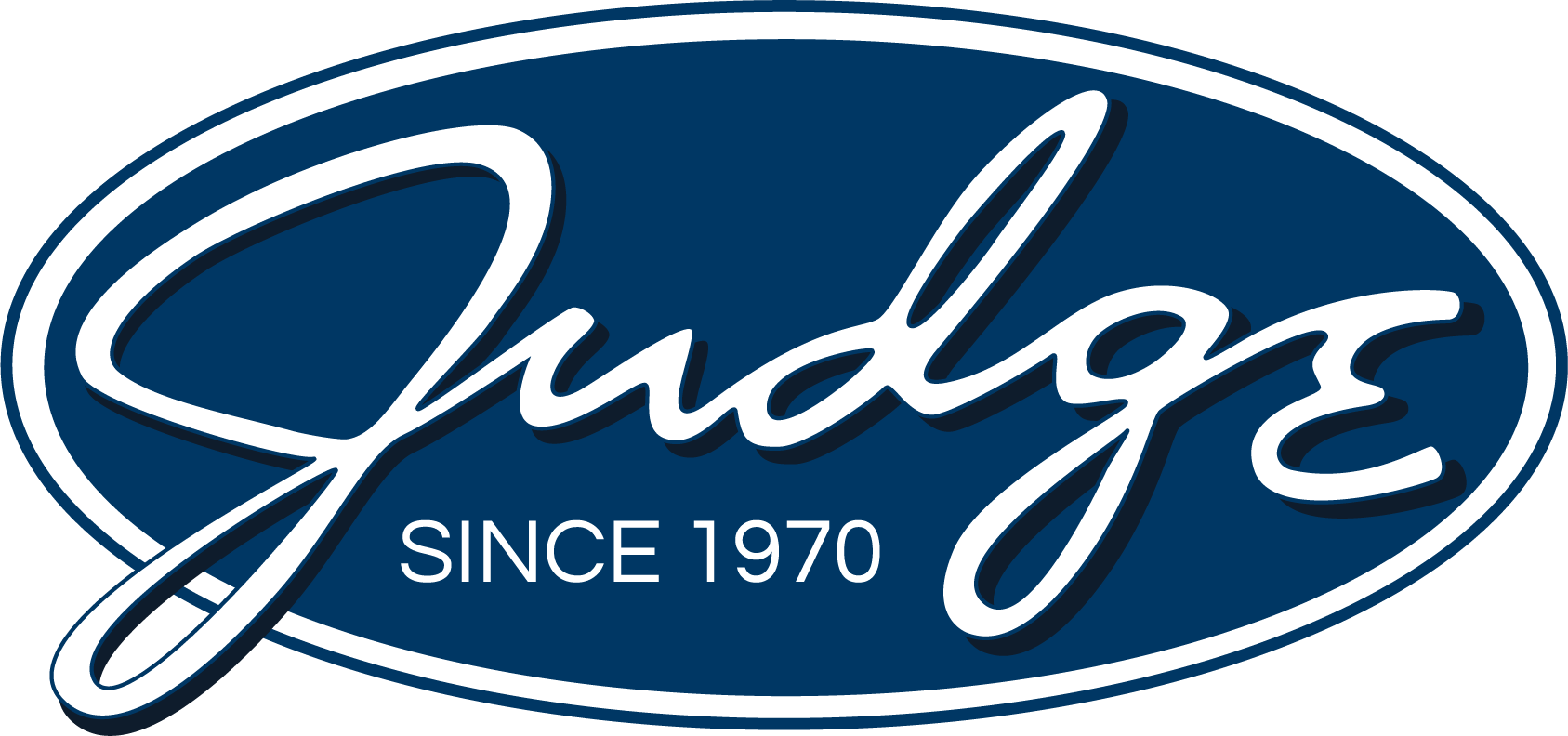The Future of Creative Staffing: Why Flexibility is the New Standard
After 25 years in the creative staffing industry, I’ve watched the fundamentals of how companies build their creative capabilities completely transform. The traditional model — large, permanent in-house teams supplemented by the occasional outside agency — is rapidly evolving into something more fluid and strategic.
So, What’s Driving this Shift?
Companies are grappling with critical tension: They want more control over their creative output, but also need flexibility to respond to changing demands. I’m seeing organizations grow frustrated with farming projects out to multiple agencies, losing visibility into the creative process from concept to execution. At the same time, they’re being asked to do more with less, to move faster, and to tap into specialized expertise that might only be needed for a single campaign or product launch.
The solution for many companies has been building hybrid models — internal agency teams consisting of Project Managers, Art Directors, Designers, Strategists, and Copywriters that can be scaled up or down based on project needs. Rather than maintaining large permanent teams or relying entirely on external agencies, they’re finding a middle path that offers both control and flexibility.
The 80/20 Reality of Contract Work
Here’s something that might surprise you: A majority of the placements we make at Judge in the creative and marketing space are contract roles. Why? Contract work offers a “try before you hire” model that benefits everyone. Companies don’t always have the budget or headcount for full-time positions, but they have the work that needs to get completed.
By bringing in contract talent, companies can evaluate cultural fit and real-world performance before making full-time hiring decisions – while we manage benefits, payroll, and ongoing support behind the scenes.
As for creative professionals, contract work is an opportunity to build their portfolios across diverse clients and industries, gaining experience they might never get in a single full-time role. And unlike the 90-day trial period that comes with most direct hires, contract roles offer the same chance to evaluate fit from both sides.
Beyond the Placement
One question that comes up frequently is about quality and loyalty. There’s a perception that freelancers are inherently less committed or reliable than full-time employees, but that hasn’t been my experience — at least not when you’re working with our experienced professionals who are carefully vetted for both skills and fit.
The key is moving beyond a transactional relationship. When creative professionals feel genuinely supported, their work improves – often dramatically. I’ve worked with contractors who, after targeted coaching, significantly improved how they presented to stakeholders. That kind of investment in their success doesn’t just evaluate individual performance – it transforms team outcomes
The Evolution of Staffing Relationships
What’s becoming clear is that companies need strategic partners who understand their industry and can help them think through what they actually need. Increasingly, organizations come forward with urgent needs but no defined job description, especially in emerging areas like AI Conversational Design. In those cases, the value isn’t just in finding candidates; it’s helping define the role itself, understanding what skills are truly necessary, and identifying talent that can build something from the ground up.
This kind of collaboration reflects a broader shift in the industry. The most successful staffing relationships are those where there’s genuine expertise on both sides — where the staffing partner understands the nuances of creative work deeply enough to have meaningful conversations about strategy.
We’re seeing heavy demand for UX designers, content strategists, writers, and increasingly, martech roles like product managers, automation specialists and marketing analysts.
What Employers Can Do Now
If your organization is rethinking how it builds and scales creative capabilities, start here:
- Clarify what success looks like before hiring: Think beyond titles by defining project goals, deliverables, and measures of success.
- Blend permanent and flexible talent strategically: Use full-timers for continuity and contractors for agility and niche expertise.
- Prioritize cultural fit: Even short-term roles benefit from people who align with your team’s values and communication style.
- Invest in onboarding and feedback: Give contractors access to the same context and tools as your internal staff and check in regularly.
- Leverage your staffing partner as a consultant: The best partners can help shape roles, build teams, and identify efficiencies you might miss internally.
Flexibility Isn’t Going Anywhere
The need for flexible creative talent isn’t going away; if anything, it’s intensifying. While AI is certainly changing the landscape, companies still want real people who can bring emotional intelligence, cultural awareness, and creative judgment to the table. They’re not looking to replace human thinking—they want to see how our talent uses AI to elevate their work, not automate it.
I believe we’ll see more companies building internal teams rather than relying solely on external agencies, seeking the control and cost savings that come with managing creative capabilities in-house. But the need for flexibility will remain important. Companies will continue to need specialized expertise for specific projects, the ability to scale quickly, and access to diverse talent without the overhead of permanent headcount.
Whether you need specialized talent for a specific project or want to explore hybrid staffing solutions, Judge can help you navigate the evolving landscape of creative and marketing staffing. Drop me a line — I’d love to discuss your unique needs.





